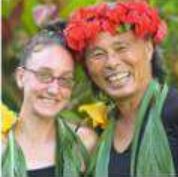 Our Licensed Massage Therapist Jamee (Left) recently advanced her Shiatsu and cupping education in Hawaii with esteemed instructor Shinzo Fujimaki (right). Jamee has been incorporating cupping and Shiatsu into her sessions with her regulars and many of her co-workers have become hooked on the traditional Eastern cupping therapy. I asked Jamee to share a bit about this therapy, how it benefits clients, and answer some FAQs.
Our Licensed Massage Therapist Jamee (Left) recently advanced her Shiatsu and cupping education in Hawaii with esteemed instructor Shinzo Fujimaki (right). Jamee has been incorporating cupping and Shiatsu into her sessions with her regulars and many of her co-workers have become hooked on the traditional Eastern cupping therapy. I asked Jamee to share a bit about this therapy, how it benefits clients, and answer some FAQs.
What is Cupping?
Cupping can be a stand alone treatment of used in conjunction with acupressure or Shiatsu therapies to monitor progress. It involves using a suction cup instead of direct pressure. There are several types of cups, I use both silicone and traditional Chinese Medicine Cups depending on the type of service.
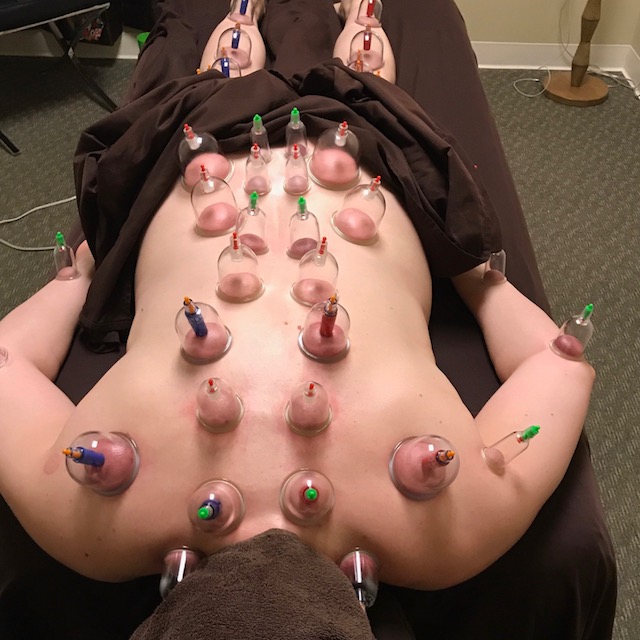
How do the cups help?
Cupping creates a deep myofascial release by separating bound muscle fibers and fascia while increasing circulation to the targeted area. I use silicone cups in sports massage to move over the tissue to promote healing of injuries, reduction of scar tissue, and improved range of motion. When I use the traditional Chinese cups, I leave them stationary and to stimulate acupressure points to address a specific issue or get an overview of your general condition. I may also use magnets to achieve an effect closer to acupuncture…minus the puncture.
What are the marks left after cupping?
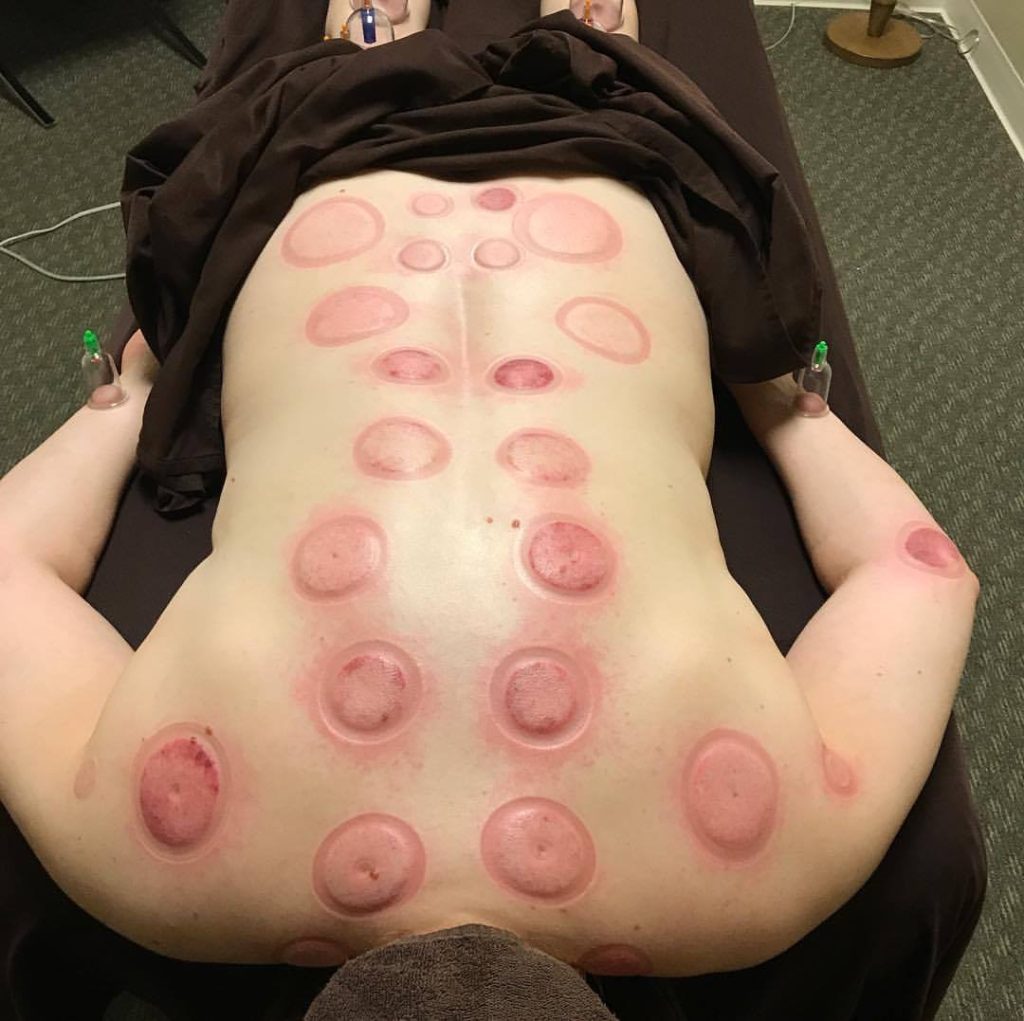
There are not usually marks left behind with silicone cups used in motion in a sports massage. When the cups are left in one place (typically the traditional Chinese cups), they often leave circular marks that may last up to a week or more. These are not bruises. In Traditional Chinese Medicine (TCM), these marks are an indication of things happening in your system. The TCM belief is that a balanced point will simply be pinkish. Different colors or markings are believed to show stagnation, deficiency, congestion, and more. The markings may vary from point to point and ideally, after multiple sessions, you will see fewer markings, indicating balance. The marks are rarely sore.
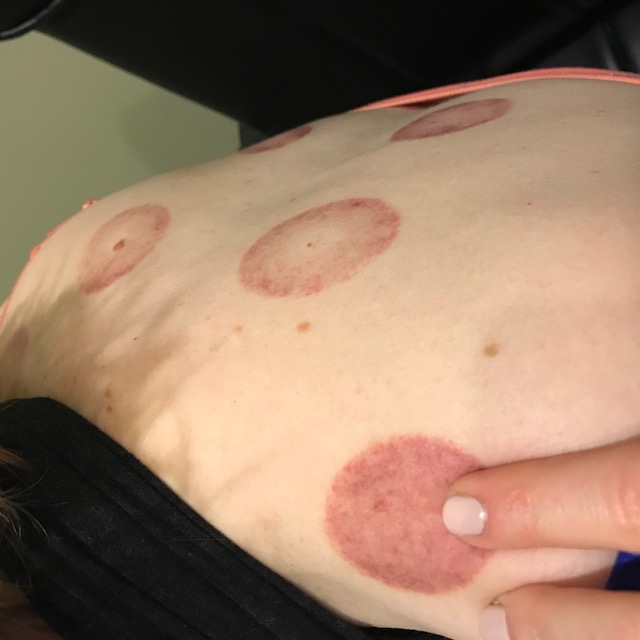
Does cupping hurt?
Because cupping lifts with suction rather than pushes with direct pressure, the sensation is a little different than massage. You may feel a pulling, but if it is a pinching or throbbing, tell your therapist so she can decrease the suction. Generally you will feel deeply relaxed or euphoric. Afterward, you might want to take a nap. If there is any residual soreness, it would be related to a specific point needing work and would be short in duration. As with any meridian work, there may be emotional release, so be cognizant of the fact that short-term changes in mood could be related to treatment.
How do I book a traditional cupping session?
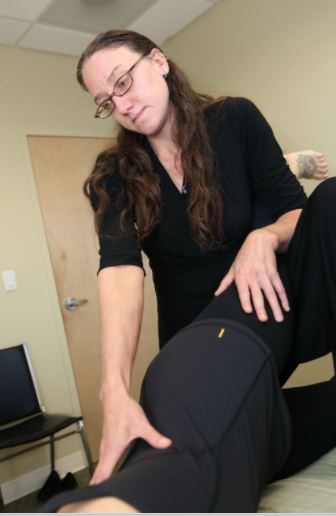 We don’t currently offer this as an “official” service, but Jamee can incorporate traditional Chinese cupping into a service for her regular clients. We recommend scheduling a 60 or 80 minute Athletic Edge Massage with Jamee first to get to know her and learn more about this treatment and allow her to develop a plan for incorporating cupping, acupressure, Shiatsu or other modalities into future sessions. In a 60 minute service, she can do cupping only. If you want cupping combined with other types of massage, book an 80 minute. To book with Jamee, call (515) 309-2904 and specifically request her, or book online (indicate “Specific Therapist” and select her name from the drop down menu or it will not show as a request for Jamee.)
We don’t currently offer this as an “official” service, but Jamee can incorporate traditional Chinese cupping into a service for her regular clients. We recommend scheduling a 60 or 80 minute Athletic Edge Massage with Jamee first to get to know her and learn more about this treatment and allow her to develop a plan for incorporating cupping, acupressure, Shiatsu or other modalities into future sessions. In a 60 minute service, she can do cupping only. If you want cupping combined with other types of massage, book an 80 minute. To book with Jamee, call (515) 309-2904 and specifically request her, or book online (indicate “Specific Therapist” and select her name from the drop down menu or it will not show as a request for Jamee.)

